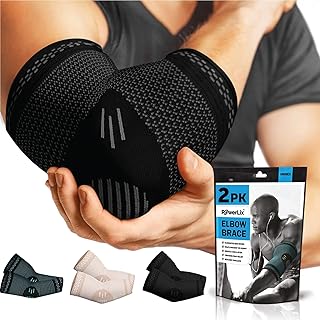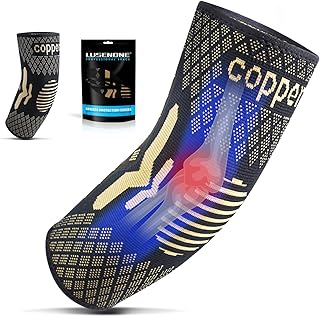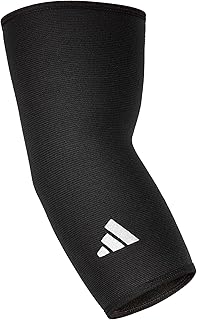An ultrasound and shear wave elastography study investigated the effect of grip on the medial elbow joint morphology during valgus stress. The flexor pronator mass (FPM) plays a crucial role in stabilizing the elbow against valgus stress, particularly in overhead throwing athletes prone to UCL injuries. Previous studies have highlighted the importance of FPM activation in reducing ulnohumeral joint space and altering the material properties of the UCL. However, no research has utilized ultrasonography and shear wave elastography to examine the response of the medial elbow to FPM activation under valgus stress.
This cross-sectional study aimed to characterize changes in UCL and FPM tissue stiffness and joint space width during valgus stress with incremental FPM activation through gripping. Thirteen participants were included in the study, and various measurements were taken under different conditions of valgus stress and grip strength. The results showed that valgus stress widened the ulnohumeral joint space, but gripping did not significantly alter joint space width or tissue stiffness in the medial elbow.
Baseball pitchers are particularly susceptible to UCL injuries due to repetitive valgus stress during pitching. The UCL serves as a primary stabilizer against valgus stress, while the FPM acts as a dynamic stabilizer by exerting an opposing varus torque. Previous studies have highlighted the protective effect of the FPM, with cadaveric studies identifying specific muscles within the FPM that contribute to elbow stability.
Ultrasound imaging has become a valuable tool for monitoring the medial elbow, with studies demonstrating changes in joint space width and UCL thickness in response to external loading conditions. Shear wave elastography offers a non-invasive method to assess tissue elasticity, providing insights into the material properties of the UCL and FPM during valgus stress.
The study findings suggest that active gripping may not offer significant protective benefits against high valgus stress observed in baseball pitching. The influence of FPM activity on joint stability may be dependent on joint position and loading conditions, raising questions about the efficacy of static measurements in assessing dynamic stability during pitching.
Overall, the research highlights the complexity of elbow biomechanics during valgus stress and the need for further studies to elucidate the relationship between FPM activation, UCL biomechanics, and the prevention of UCL injuries in overhead athletes.
📰 Related Articles
- Google AI Summaries Impact User Click Behavior, Study Finds
- Daily SPF50+ Use May Impact Vitamin D Levels: Study Finds
- Study: Bitless vs. Traditional Bridles Impact Horse Comfort
- Study Reveals Visual Cue Impact on Rod-and-Frame Test Accuracy
- Study Reveals Pre-Stitch Impact of Fast Fashion on Environment






